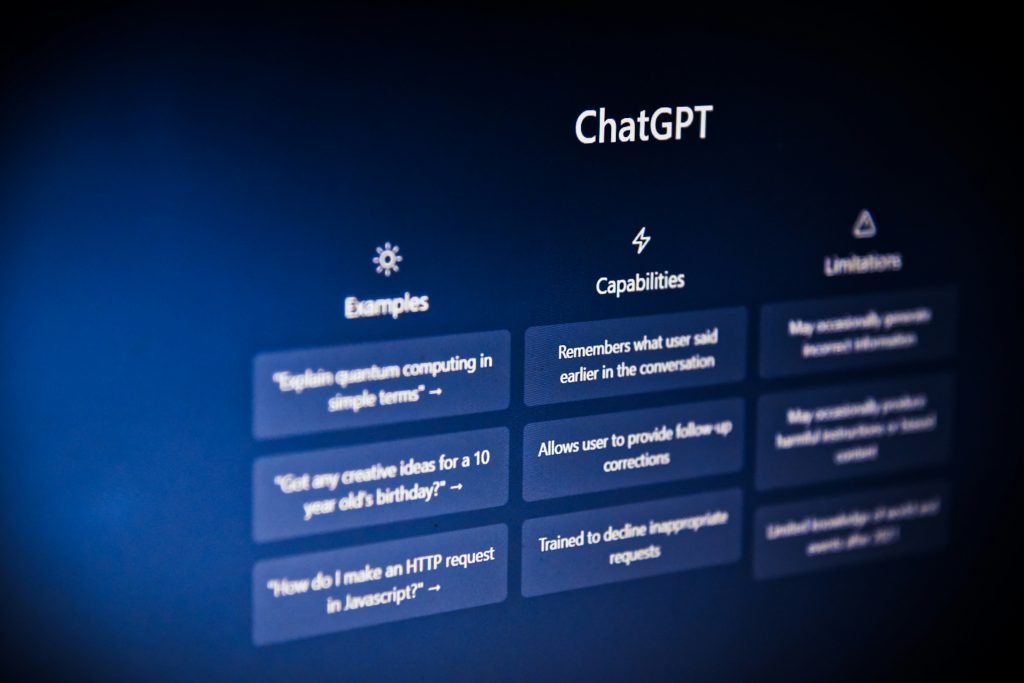Will you be prepared for the SaaS AI revolution? Because it’s in full swing! Companies providing software as a service are under intense pressure to innovate since the global market for cloud services is projected to reach about $680 billion in 2024. More than 70% of SaaS companies are increasing their spending on AI, according to studies.
Therefore, it’s not a matter of whether AI will revolutionize your sector; rather, it’s a matter of how you’ll use AI to reinforce your own SaaS product. Now is the time to delve into the tactics and guidelines that will put you ahead of the competition and allow you to provide outstanding service to your customers.
What exactly is AI in SaaS?
“AI in SaaS” refers to the incorporation of AI technology into SaaS applications, or software as a service. Improving SaaS features, automating tasks, customizing user experiences, and delivering data-driven insights to the SaaS sector are all possible via the use of AI’s learning, comprehension and creative output capabilities.
Imagine if your favorite project management tool had a super-powered assistant that could constantly monitor your use, anticipate your requirements, and suggest improvements.
Another example might be a marketing tool that generates personalized email messages for each customer, much like a trusted advisor’s gentle prod. An example of AI in action would be that.
How AI is Changing SaaS?

Artificial intelligence is no longer a far-future dream. It is finally here, and it is already revolutionizing the way software as a service (SaaS) companies build, release, and personalize the software experiences on which we all depend.
So, how exactly is AI shaking up the software as a service market? Let’s go into some of the most intriguing ways:
A. Generating content
Every one of us has stood at a blank page, dreading the prospect of having to come up with content for our online presence. For time-pressed marketers, generative AI is a revolutionary game-changer.
Using your target audience’s interests as input, these AI systems can generate compelling and engaging ad copy, blog post ideas, and product descriptions.
However, AI is more than simply a replacement for human creativity. It is about increasing it. Consider discussing content ideas with an AI that can assess patterns and recommend themes that are both relevant and interesting. That’s a partnership worth investigating!

Of course, even the most remarkable AI models need some coaching to flourish. This is where “AI prompts” come in. The more clear and comprehensive your prompt, the more effective the outcomes.
A suggestion like “Write a blog post about AI” is an example of a vague, unspecific request. “Write a blog post in a humorous tone, explaining how AI can help busy marketing professionals with social media content creation,” is a request that guarantees success—or at the very least, a fantastic blog post.
B. The use of text to image AI
When it comes to advertising and aesthetics, we all know that pictures are king. But supposing you aren’t always in the possession of a graphic design team? To the rescue here is artificial intelligence, more specifically “text-to-image AI.”
Just type in your description and the text-to-image AI will generate the desired picture! Additionally, using tools like the ChatGPT extension for Chrome can streamline your workflow by providing instant AI-driven insights and content suggestions directly within your browser. A unique, bespoke image emerges, perfectly capturing your concept.
C. The Rise of the AI-Powered Assistant
Remember those irritating customer service conversations where you are trapped in a cycle of automated messages that never seem to solve your question? Well, that is changing because of the adoption of artificial intelligence.
The ability of modern AI-powered chatbots to handle both simple inquiries and more intricate conversations is really remarkable. Today, AI is able to respond to common questions, solve basic difficulties, and, if necessary, escalate complex ones to human agents.
D. Hyper-Personalization is the New Standard
Think back to the best software-as-a-service (SaaS) solutions you’ve used: the ones that seemed tailor-made for your specific requirements and work process. The beauty of AI-driven recommendations lies in this.
Take into account a project management tool that analyzes your past work to determine which features and templates would be most useful.
As an alternative, you may use marketing automation technology to suggest specific email campaigns to different types of consumers. Customers are engaged and their SaaS subscriptions are valued more by this hyper-personalization.
Strategies and Best Practices to Harness the Power of AI in SaaS
Although artificial intelligence (AI) has promising future applications in software as a service (SaaS), integrating these technologies correctly requires diligence in planning and following best practices. To maximize the impact of AI on your software as a service offerings, consider the following strategies:
A. Start small and focus on value.
It’s tempting to try to rebuild everything at once by jumping on the AI bandwagon. But picking a few test projects to launch first is the way to go.
Pick an area of internal processes or a customer complaint that you think may use some AI help. By focusing on certain areas, you can learn from your mistakes, monitor your progress, and refine your AI strategy before rolling it out more broadly.
B. Embracing human-AI partnership
Never lose sight of the fact that AI is here to amplify human abilities, not replace them. Incorporate collaborative AI features into your SaaS offerings.
Create a way for designers to provide feedback, edit the results, and instruct the AI to produce even better images that are in line with your brand’s style if you’re using an AI image generator, for instance.
C. Focus on explainability and transparency.
A lot of AI models could seem like ‘black boxes’; you plug in some data, and something comes out, but we don’t always understand the underlying logic. Gain your customers’ trust before integrating AI into your SaaS offering.
If at all possible, go for AI models that can have their reasoning for results and recommendations explained. Be open and honest with your consumers about the times and ways in which your product uses AI.
Embrace technology early, and it becomes your ally. Wait too long, and it becomes your competition
We are just at the beginning of the AI adventure in SaaS. Keep an eye out for cutting-edge AI integrations into the SaaS products you use often as these technologies progress.
The future holds analytics tools that unearth hidden insights in massive amounts of data, AI helpers who can predict your needs, and customization engines that make your software look tailor-made.
Artificial intelligence (AI) is not just a fad; it represents a sea shift in the way top-notch software is created and distributed, and SaaS organizations that want to stay competitive need to embrace it wholeheartedly.
To remain at the cutting edge of innovation, cloud service providers must commit to a strategic approach, prioritize user-centric AI experiences, and be ready to adapt and learn as they go to ensure they stay at the forefront of innovation.








